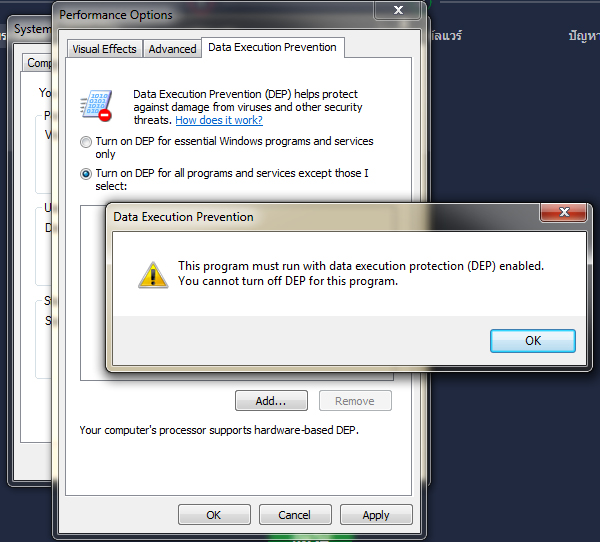
:max_bytes(150000):strip_icc()/002-insert-page-numbers-in-adobe-indesign-1078480-5d91df15fe354a68a947d6caade85331.jpg)
To check the amount of free space on the startup disk: You can free space on the startup disk by deleting unnecessary files or by storing files on separate partitions or disks.

As a guideline, free space on the startup disk should equal three to five times the size of the document (including linked images) or ten percent of the disk capacity, whichever is greater.

You can easily determine if the problem is related to the preference files by restoring or re-creating them. A damaged InDesign preference file can cause unexpected behavior with an InDesign document. InDesign stores information about plug-ins, features, and the app itself in its preference files: the InDesign SavedData and InDesign Defaults files.You can remove variables that cause the problem. Use a different computer to open the document by changing to a different system environment.See Troubleshoot InDesign third-party plug-ins. Plug-ins can sometimes cause file corruption. Consider uninstalling third-party plug-ins from InDesign.If the document is sent via email, have the sender compress it first (e.g., using WinZip or Smith Micro's StuffIt) to protect the data. Damaged media or a faulty email transmission can damage a document. If you received the document via email, FTP, or removable media (such as a CD), obtain a copy a different way.A damaged PageMaker or QuarkXPress document likely remains damaged after you convert it. If the problem recurs, troubleshoot the original document for damage in its source app before you convert it again. If the document was converted from Adobe PageMaker, QuarkXPress, or a previous version of InDesign, try reconverting the document.


 0 kommentar(er)
0 kommentar(er)
